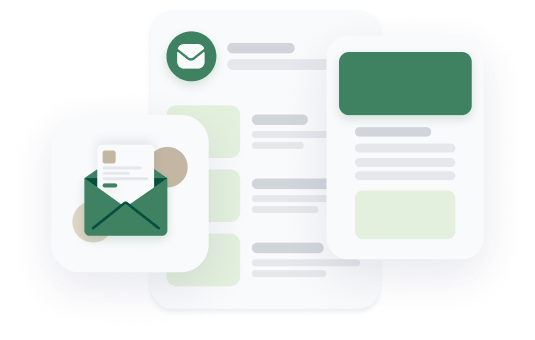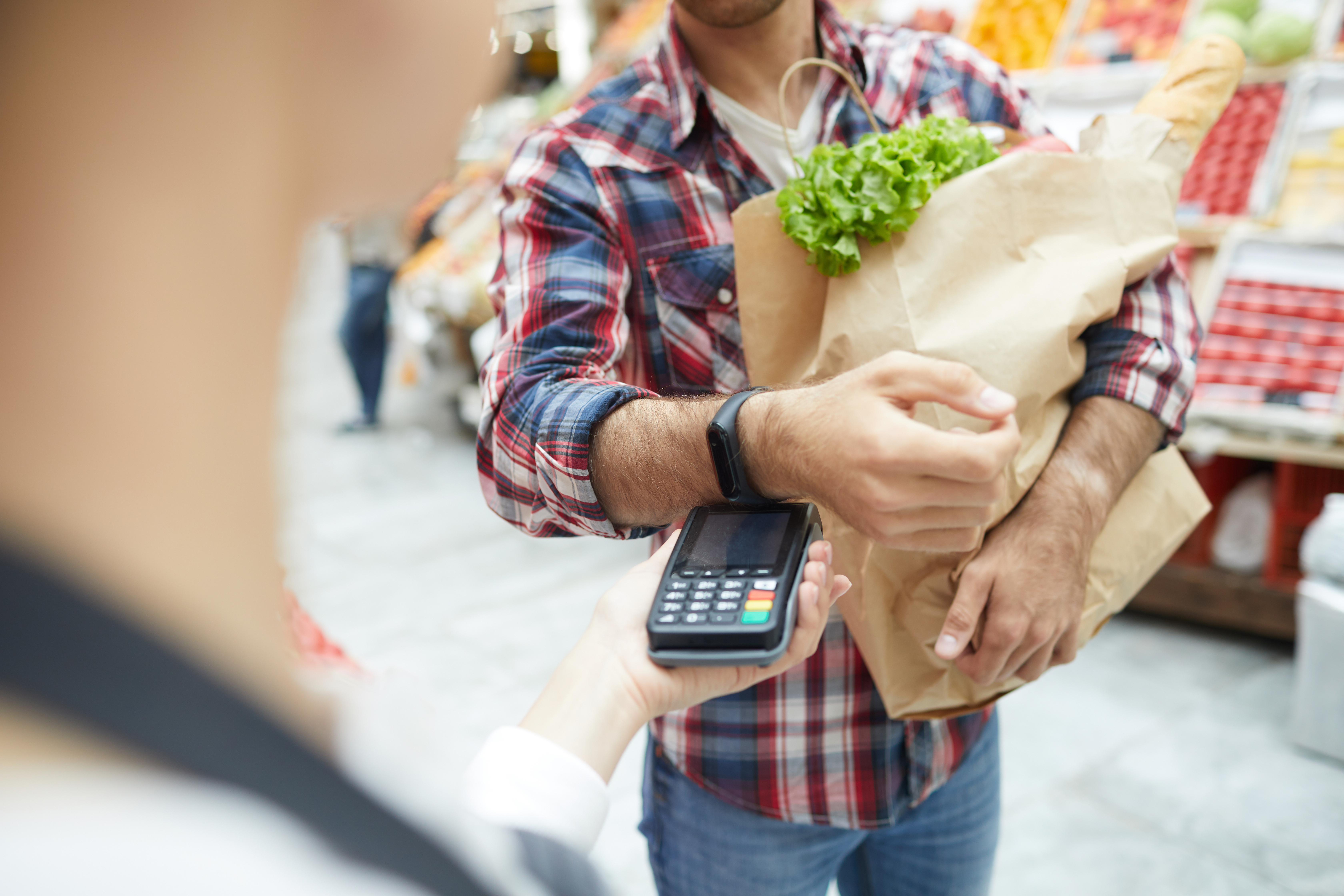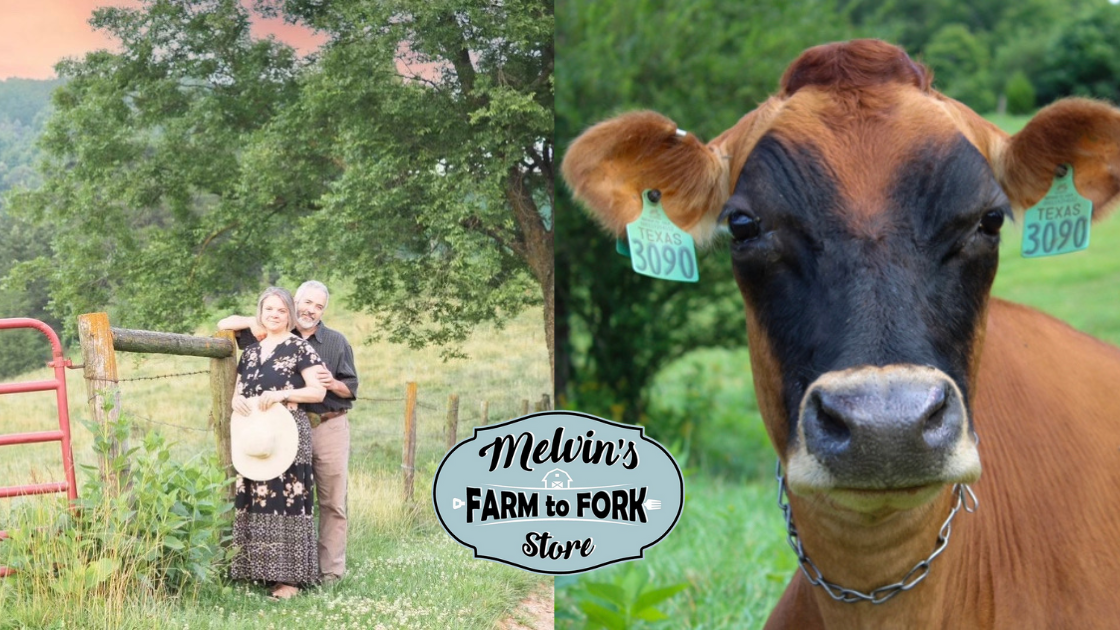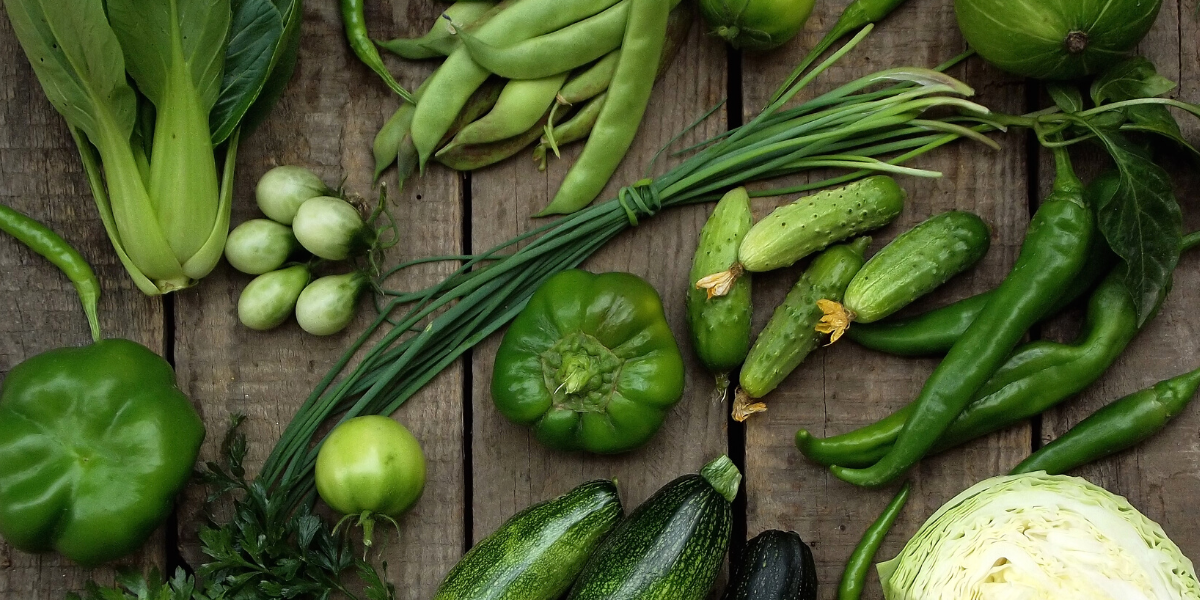Direct Marketing Farmers Are Selling More Online
Diversifying your sales channels helps ensure the long-term success of your business. This is true...

Inventory tracking is a huge pain point for many farmers and producers. Knowing what you have available, where it’s going, and how much you’ve sold is essential for success. Luckily, today farmers have software, like Local Line, available to help track stock, organize customer segments, and manage payments.
In this article, we’ll review the most important features farmers look for in farm and produce inventory management software.
Farm inventory management software is a digital tool designed to help farmers, ranchers, and growers track and manage their product inventory. It allows farmers to keep accurate records of the goods they produce, such as fruits, vegetables, meat, and dairy products.
Farm inventory software typically includes features for monitoring stock levels, tracking sales, and generating reports. It is particularly useful for farms that sell through multiple channels, such as wholesale, retail, and community-supported agriculture (CSA) programs.
When searching for the right farm inventory management software for your farm, here is our list of important features to look out for:
Say goodbye to manual inventory management and say hello to real-time inventory tracking. You want to be able to easily track and update all of your products, prices, and inventory in one platform with the click of a button. As orders come in through your farm e-commerce store, inventory should be immediately deducted.
With Local Line, all inventory is automatically synced as orders come in. With Local Line, you also have the ability to create multiple packages for one product: Advanced Farm Inventory. In addition, you have the ability to select whatever unit (bushel, pack, bag, box, crate, and more) or whatever weight (kg, lb, g, ton) you want to track per product.
With seamless real-time inventory tracking, save time with manual entry. There are many tasks to be done, and nowhere near enough time in a day to complete everything. This saves you an immense amount of time by tracking your inventory as customers order in real-time.
On your farm, you may have different enterprises or sales channels (wholesale, retail, CSA). Each enterprise may have unique product availability, payment terms, package sizes, and pricing. Managing inventory across multiple segments and ordering sheets is time-consuming, and we often hear from farmers that it is a huge pain point, especially if there’s product overlap between enterprises.
Your sales software should include the ability to leverage one product list for multiple different price lists or sell sheets. This means you’re only inputting inventory once, and then is distributed amongst multiple channels.
Local Line’s price list feature allows you to do just this. A price list is a detailed catalog that outlines the prices of products and services a business offers. For example, on a farm website, a price list provides detailed pricing for items such as produce and meat. This list can be customized for different customer segments, like retail and wholesale, and includes information such as product descriptions, sizes, and discounts.
In addition to tracking inventory with price lists, you receive:
Organize your back office and your storefront with product categories. Categorizing your products allows you to better oversee what you have on offer and improves your customer’s shopping experience. Product categories can be by product type (i.e., produce, beef, pork), vendor (i.e., BC-grown, [x] farm name), or can be by season or occasion (i.e., Summer BBQ staples, breakfast meals).
Local Line allows you to create as many categories as suit your product catalog. You can select how you want your product categories to display on your price list. Product categories are on a per-price list basis, so you can alter the categories accordingly depending on your different segments.
Within a product category, you can manually select the order of the products in the category or select to display products by:
With Local Line, you can add product or keyword tags. These are additional filters that you and your customers can use when navigating your storefront. Tags can include everything from who produced it to what type of product it is and what’s new. These tags are displayed on your storefront as a side navigation.
Traditional inventory tracking methods, such as pack sizes for products such as jam or lettuce, might not be feasible when selling meat products like steaks, chicken breasts, and other meat per pound or kilogram. The variability in weight for each product can lead to discrepancies in pricing and potential revenue loss.
The traditional method of inventory tracking is referred to as tracking and selling by unit.
With Local Line, you can also track your inventory by unit but sell by weight. I have 25 steaks to sell, but each steak slightly differs by weight, i.e., some are slightly bigger, some are slightly smaller. I am tracking this inventory by unit (25 units). If I were to sell these steaks by unit, I would have to select a standardized price for all my steaks: $20/steak. But most meat isn't sold like this; it is sold based on weight. My price per lb of steak is $25. If you're constantly selling the steak by unit, ultimately, it's undercutting your business. The ideal business case would be to track your inventory (steaks) by unit and then sell it by price per lb.
You can track inventory on a product level by unit or by weight and sell the product either by unit or by weight, giving you the ultimate flexibility.
Payments when selling by weight are easy to manage as well. You can either save your customers’ credit card information and charge their card when the final weight is inputted or send your customers a payment link after fulfillment.
Stay informed about low-stock or sold-out items. Local Line’s built-in notifications will email you when products reach a certain inventory level you define and when a product is out of stock. This ensures you’re never out of the loop on inventory levels.
Whether you run a food hub or resell other producers' products, you want your farm e-commerce software to streamline your own and vendor inventory seamlessly. One system where all your inventory lives and is managed, no matter the source.
With Local Line, you have two options when it comes to managing vendor inventory: managed and connected.
Managed (Counter Culture): Your farm or food hub has full control of your vendor's products and inventory. The vendor doesn't need a Local Line account. The vendor name will be displayed in the product table for all products associated with a vendor. Managed vendor products will act the same as your own products.
Connected (Tasty Tubers): Invite a vendor to create an account and manage their listing. Connected vendors control their own products, pricing, and inventory, which will be displayed as shared products in your product table. With shared products, you do not have the ability to change inventory.
When selling shared products from connected vendors, these vendors will automatically receive partial orders to their Local Line accounts.
Ensure customers only order within your allotted shopping hours with the ability to open and close your storefront. Depending on your fulfillment options, you might opt to only accept orders within a certain window. This allows you time to restock inventory prior to the next week.
With Local Line, you can open and close your online store whenever needed. When your store is closed, customers cannot place orders, but you can add a unique storefront message to notify customers when the store will reopen.
Beyond knowing what’s in stock and what isn’t, a crucial part of inventory management is the ability to retrospectively look at inventory data. How much did you plant vs. how much did you harvest and then sell? Which products were most popular and profitable? Which sales channels had the highest sales?
When choosing farm sales software, ensure you’re looking at what data is available and what the policy is regarding your data. Are you able to access it at any time? Do you have to pay extra to get reporting? How is my data stored?
With every Local Line account, get access to over 50 key reports and graphs that measure your business performance. View top-selling products, track sales by price list, analyze delivery zones, and more.
We strongly believe data is your data. At any time, easily export your farm data to multiple formats, including XLS, CSV, PDF, and PNG, and seamlessly integrate with accounting and productivity apps like QuickBooks, Google Sheets, and Microsoft Excel. Take what you need when you need it. This is always included with your account, with no additional fees.
More and more farmers are using multiple platforms and apps to run their businesses: Quickbooks, Gmail, Mailchimp, and Airtable, just to name a few. When choosing software, the ability to have it communicate and integrate with different apps can save you tons of time. For example, integrating your purchase orders with your accounting software.
Local Line integrates with thousands of apps using Zapier. Zapier allows you to set triggers and actions between Local Line and any other marketing, sales, or accounting tools you may be using. With integrations, keep all your apps in sync and reduce the margin for error from manual entry.
The last thing to look for outside of individual features is the look and feel of the platform. Is it easy to use? What is the learning curve? Does it feel intuitive to use? Having software that not only solves your use case but also is enjoyable to use goes a long way.
Additionally, ensure you receive customer support with your plan. With any different software options, often, different plans receive different tiers of customer support. This can be extremely frustrating when you face a challenge. You want to make sure you have someone cheering you on from the sidelines.
Local Line is well-known in the industry for our customer support. Every user – no matter the account type – gets a free onboarding manager to help with the setup process. Your onboarding manager will meet with you to understand your goals and will help you upload products, create fulfillment plans, upload customers, set up subscriptions, and so much more!
Our customer service center is available Monday through Sunday from 9 AM to 9 PM EST.
No matter what you grow or what you sell – inventory management is at the core of running a successful business. When looking at different farm sales software, consider the following:
If you’re looking for sales software that meets your needs, try out Local Line today! We offer a free 7-day trial, no credit card is needed.
Different software options can vary in price. Local Line has four subscription plans ranging from $49 to $499/month, depending on your business model and specific needs. To learn more about Local Line’s plans, visit the pricing page.
Local Line offers a variety of features and workflows explicitly built for farmers' and producers' needs. From real-time inventory tracking to segmenting customers with price lists to managing vendor inventory, Local Line’s inventory software will suit your needs.
Managing inventory on a farm involves keeping accurate records of produced products such as produce, fruit, and meat. These records can be maintained manually or digitally using specialized software to track inventory, such as Local Line. Inventory can be tracked by units (bushel, pack, bag, crate) or by weight (kg, lb, g). When products are sold online or in-person, inventory gets deducted from the total. By continuously improving inventory management processes and forecasting future needs, farmers can optimize efficiency, reduce costs, and ensure smooth operations throughout the year.
Nina Galle is the co-author of Ready Farmer One. She continues to arm farmers with the tools, knowledge, and community they need to sell online at Local Line.

Stay in the loop by subscribing to our newsletter and receive weekly insights that you won't want to miss.

Diversifying your sales channels helps ensure the long-term success of your business. This is true...
 Nina Galle
Nina Galle

Gayle and her husband, Thad, come from six generations of dairy farmers on both sides of the...
 Nina Galle
Nina Galle

To help our customers better manage their inventories, we createdAdvanced Inventory. This feature...
 Nina Galle
Nina Galle